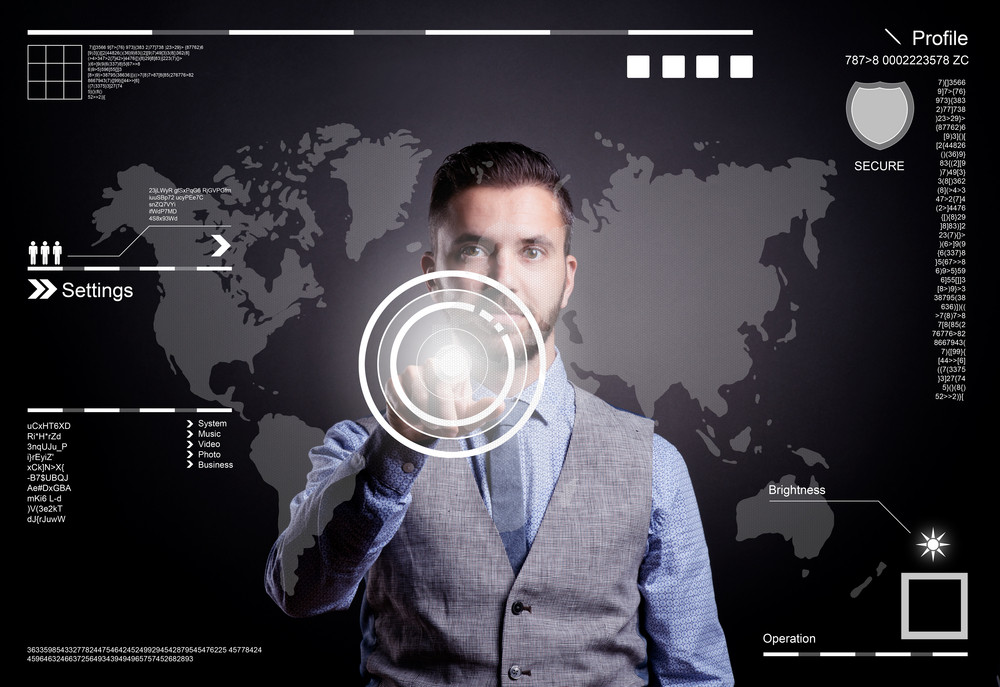
AV design, or audio video design, is when visual information is combined with sound, such as recorded voices or music, to make a complete presentation. Someone may think “AV high school club” when they hear this, but AV design has a lot of application in professional and academic settings, too. Audio visual contractors can be hired to set up a variety of AV design platforms in college classrooms, theaters, office spaces, and more so that people can share information there. An example may be the projector and sound system in a movie theater (or cinema), or the many projector and sound system setups found in modern college classrooms. And of course, audio video companies may be called upon to set up AV design systems in the workplace, so that employees can give presentations to their co-workers during meetings or other events. What, exactly, is the power of AV design?
Audio and Video for the Human Mind
The proliferation of AV design is partly based on human anatomy. Human beings are by far the most intelligent species on the planet, and we alone can process advanced concepts such as mathematics, art, metaphysics, socioeconomic theories, and more. Information such as this and more is transmitted with visual and audio input primarily, as human beings are natural predators, and predators rely on sight and sound to hunt. Countless studies have been done to determine how the human mind works and how it absorbs and processes information of all kinds, and the results consistently show that human beings are most receptive to audio and video transmissions.
For example, many studies have shown that people retain information much better after three days’ time if it was presented with visual and oral means than just spoken words alone. This factors into the larger human trend of how people primary absorb information visually. In fact, some 83% of information collection is based on visual data, and all other senses combined make up the remaining 17%. Hearing, arguably the second-most important human sense, makes up another 11% of how information is gathered meaningfully. Taste, touch, and smell make up only 1-2% each. This visual information can take a nearly infinite variety of forms, from photographs of people to panoramas to graphs and charts, or blueprints and diagrams. Images can be used to educate, such as showing a blown-apart image of how a car engine works, or they can be used for emotional appeal (this is common in rhetoric). Where might all this AV work be found?
Academia
As mentioned earlier, colleges and even high schools are ideal places for making use of audio video data sharing. Modern high schools have more than chalkboards and roll-down maps; today, many high schools have digital projectors in the classrooms, which can create an image on the roll-down white screen. The teacher may connect this projector to their desktop PC or a laptop with a cable to feed information, and anything from a slideshow to a photo album to videos can be played. This can be a highly effective teaching tool for nearly any subject in high schools or colleges around the world. An art class, for example, may show examples of paintings or sketches, and an economics class will show relevant graphs, charts, and data tables. And of course, a movie-making college class may rely on projectors and actual televisions to show samples from movies and short film (the class would be difficult to teach otherwise). A newly built college building or school is bound to have these projectors, sound systems, and more added to them when the right contractors are hired.
Work
Employees can also make great use of AV data in a similar capacity as school teachers. A person giving a presentation or a report may rely on images such as graphs or charts, data tables, and even blueprints or CGI renderings of future buildings or other projects. This can quickly allow the presenter to visually explain something to their colleagues and business partners, and someone with a virtual presence may appreciate this, too. It is not uncommon to use live video chat for remote workers, who may view the presentation through their screen as well as download the files themselves for reference.
